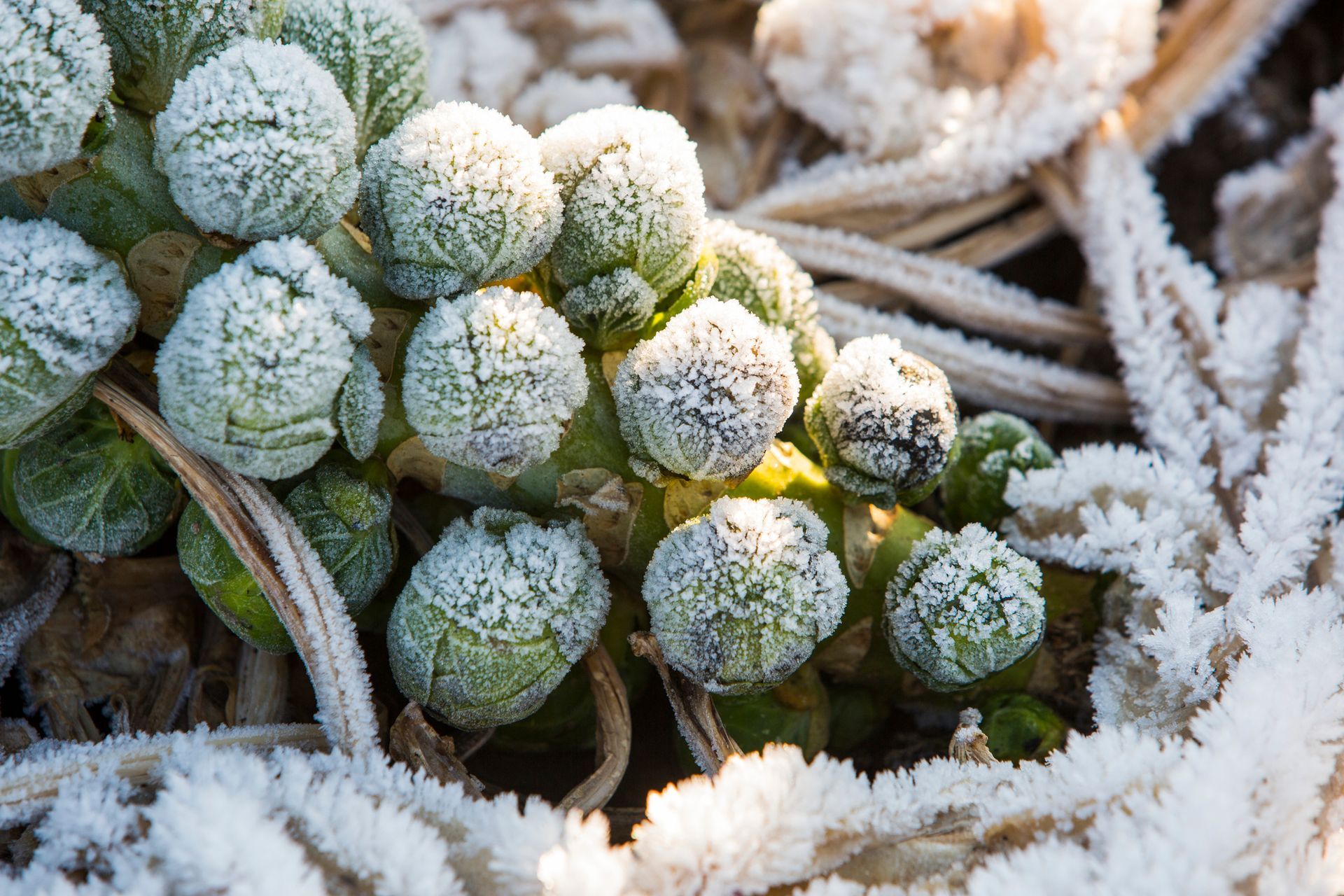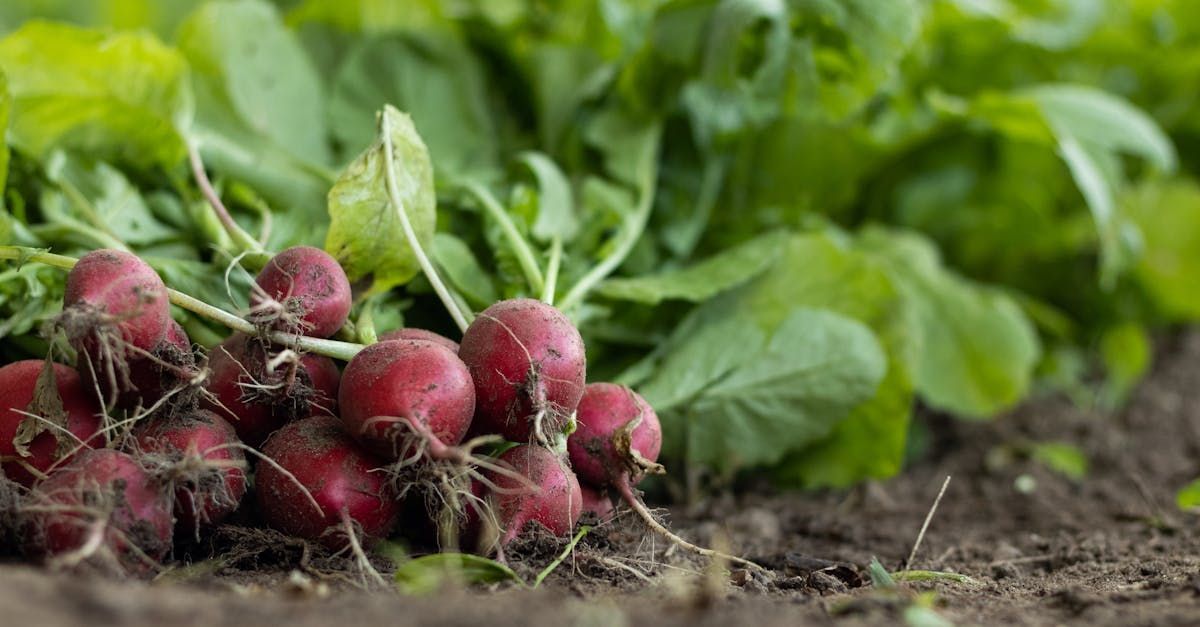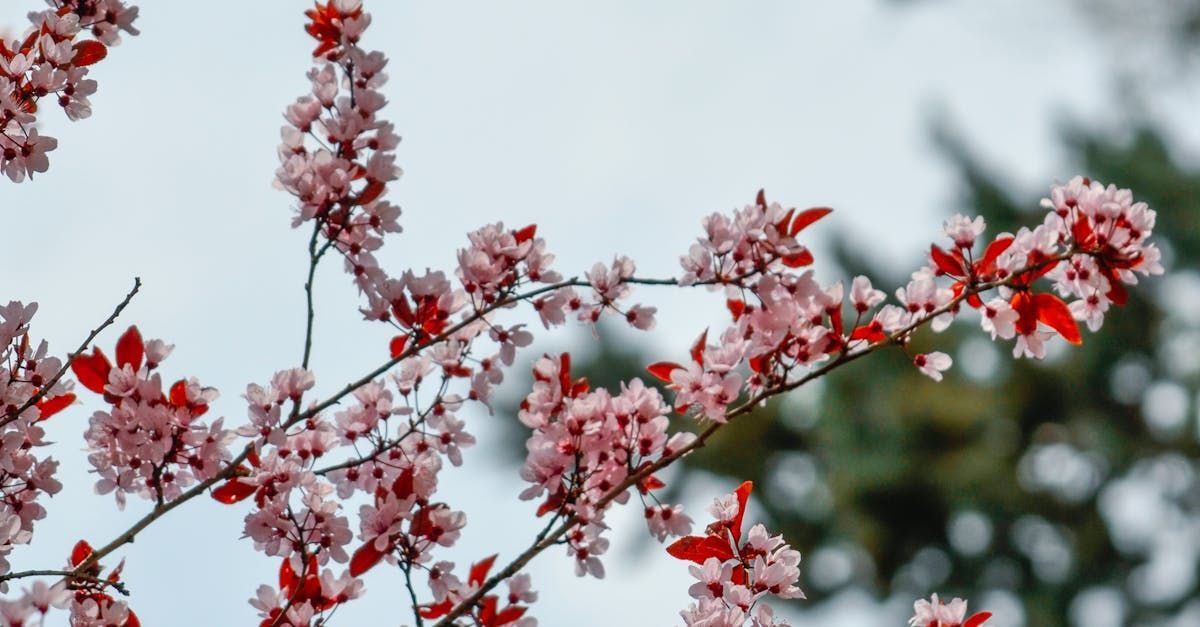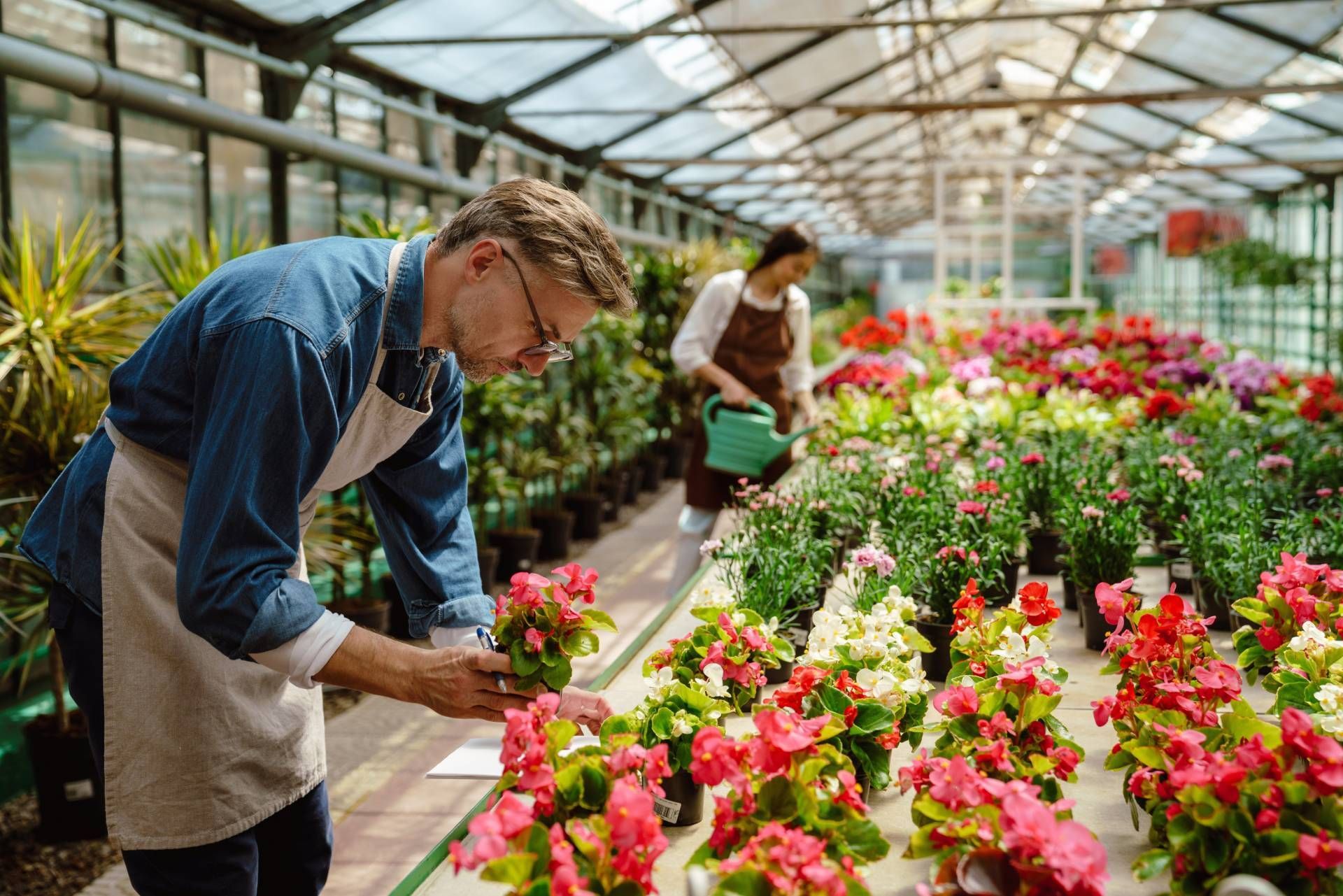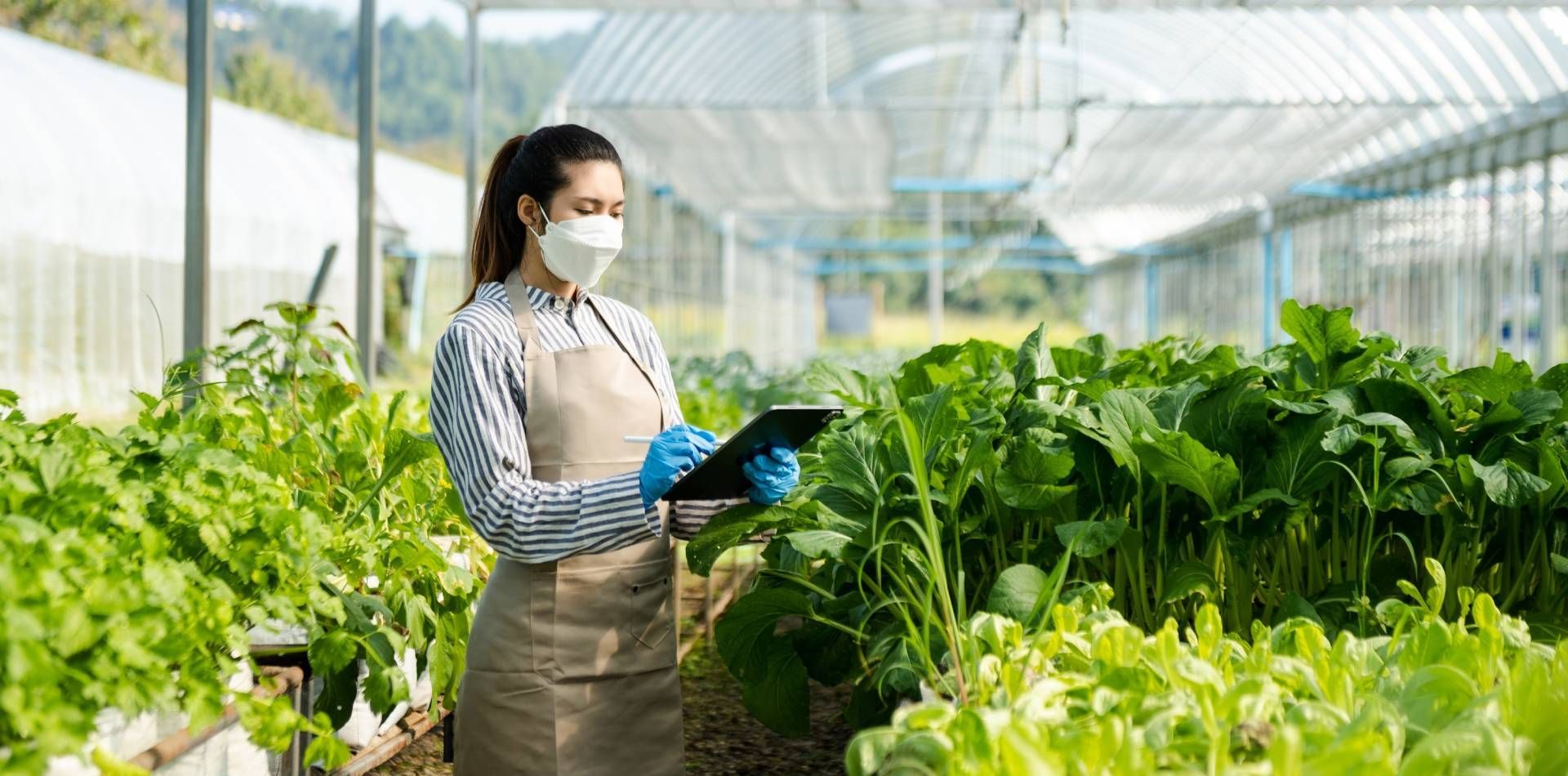Water-soluble fertilizers and irrigation
Stefano Di Pietro • 15 febbraio 2021
The use of water-soluble fertilizers is called fertigation: a recently introduced technique in the agricultural sector that has several short and long-term advantages, both economic and for the positive effect on plants.
Usually fertigation is only possible in crops that use systems such as micro irrigation, drip irrigation and localized irrigation, which allow total control over the amount of water used and the preparation of mixtures on a daily basis.
The advantages of fertigation on crops
The use of fertigation techniques guarantees several advantages and significantly reduces the time needed to devote to cultivation. It is mainly based on automatic systems, easily configurable day by day and requiring less manpower. This also results in less trampling of the cultivated land and less risk of damage.
The possibility of administering nutrients in a precise and prudent way is also of particular interest to companies in the sector, which can optimize their consumption and waste less resources. Fertigation, in fact, allows you to control the application of fertilizers and nitrogen fertilization at will for a general and greater production efficiency.
They are also absolutely eco-sustainable solutions, since water-soluble fertilizers do not release dust into the environment and the possibility of using biostimulants greatly reduces the use of pesticides. Controlled irrigation also prevents the possibility of liquid leaks and the consequent contamination of groundwater.
A useful method but to be used with care
Fertigation has many advantages but there are also risks and precautions to be observed when used.
The first thing to keep in mind are the characteristics of the soil which could be predominantly sandy and not be able to sufficiently retain liquids and nutrients. Similarly, a clayey soil will retain water, creating problems for crops and pollution phenomena due to washout.
For this reason, it is necessary, even before designing and installing a drip or localized irrigation system, to ascertain the conditions and characteristics of the soil and thus avoid irreparable damage. The costs to be incurred and the need for trained personnel for the management of the plant and the preparation of the mixtures therefore do not make it an always adequate solution for small crops and private gardens.
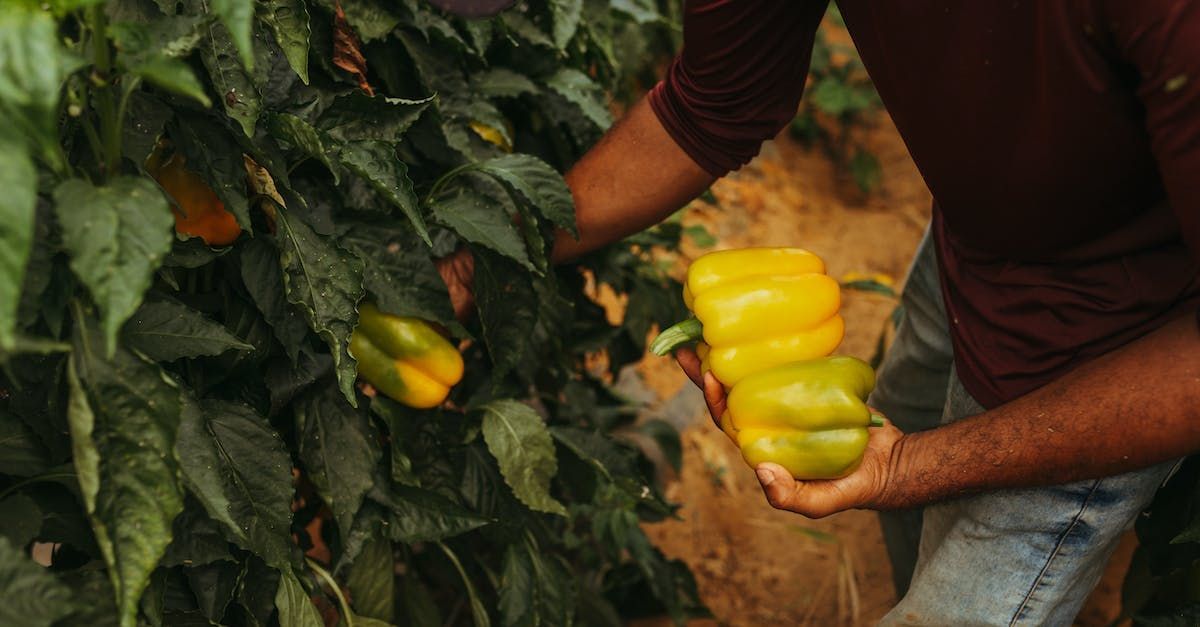
La shelf-life, ovvero il periodo di conservazione dopo la raccolta , è un fattore fondamentale per la qualità e il valore commerciale di frutta, verdura e fiori. Fortunatamente, esistono diverse strategie che, applicate già durante la coltivazione, possono aumentare significativamente la shelf-life dei vostri prodotti, riducendo le perdite e garantendo un raccolto fresco e appetibile per un periodo più lungo.

L'adozione di pratiche di concimazione mirata e l'utilizzo di prodotti di precisione non solo portano benefici ambientali, ma anche vantaggi economici per chi lavora la terra La riduzione degli input di fertilizzanti non solo preserva la salute del suolo e dell'ecosistema circostante, ma aiuta anche a contenere i costi di produzione.

Integrare i prodotti biologici e di origine vegetale nella vita quotidiana è più accessibile che mai. I mercati a chilometro zero, i negozi specializzati e persino i supermercati tradizionali offrono una vasta gamma di opzioni che consentono a chiunque di abbracciare uno stile di vita più sano e sostenibile.








